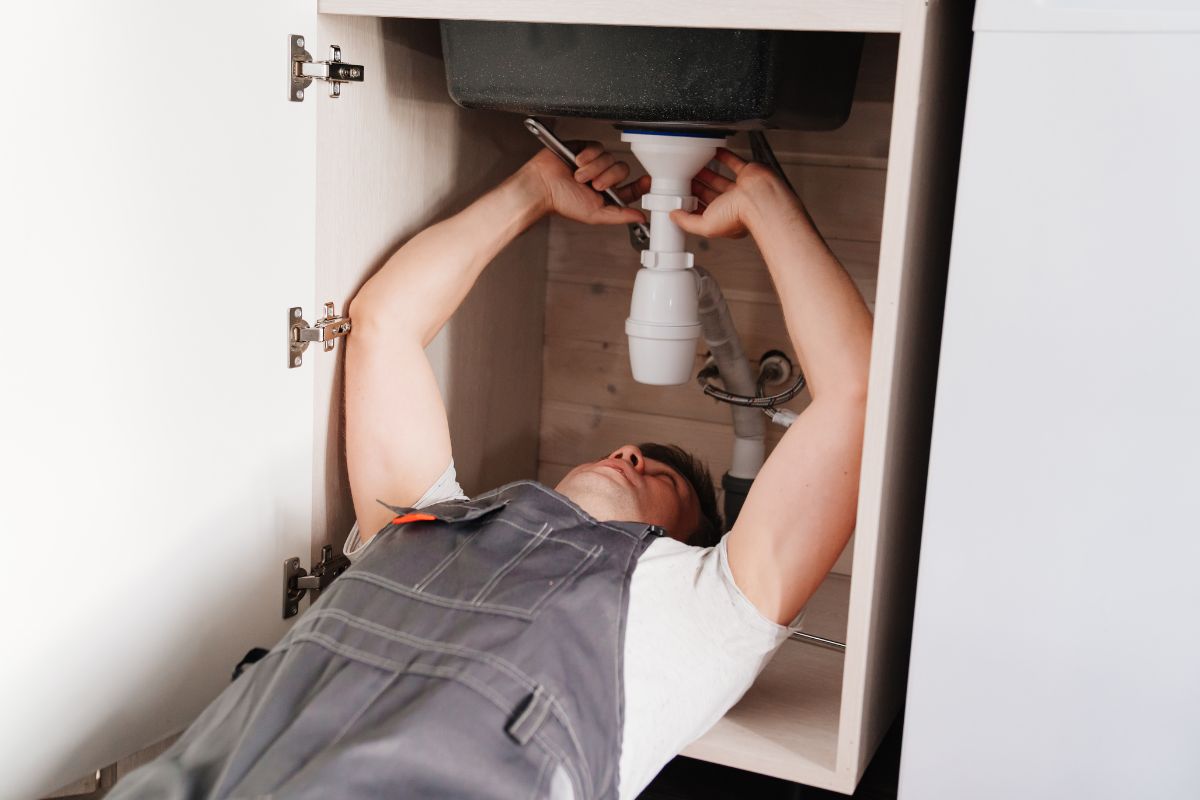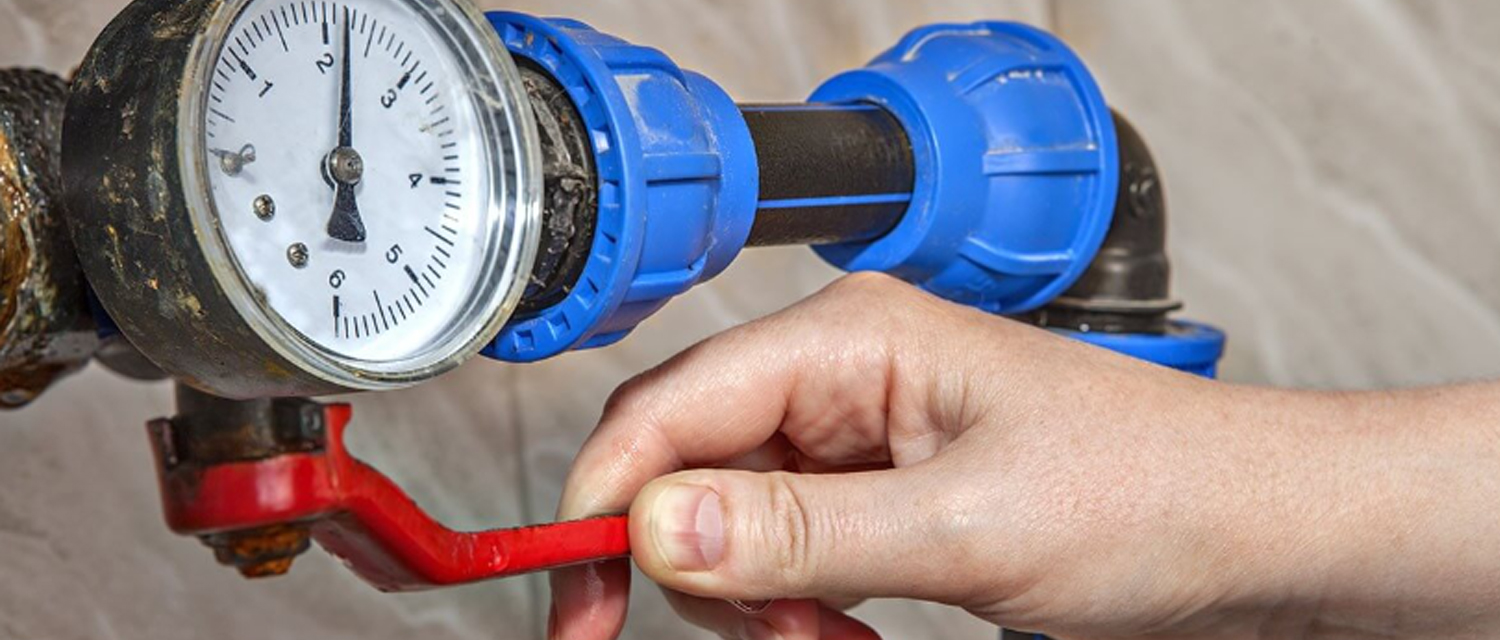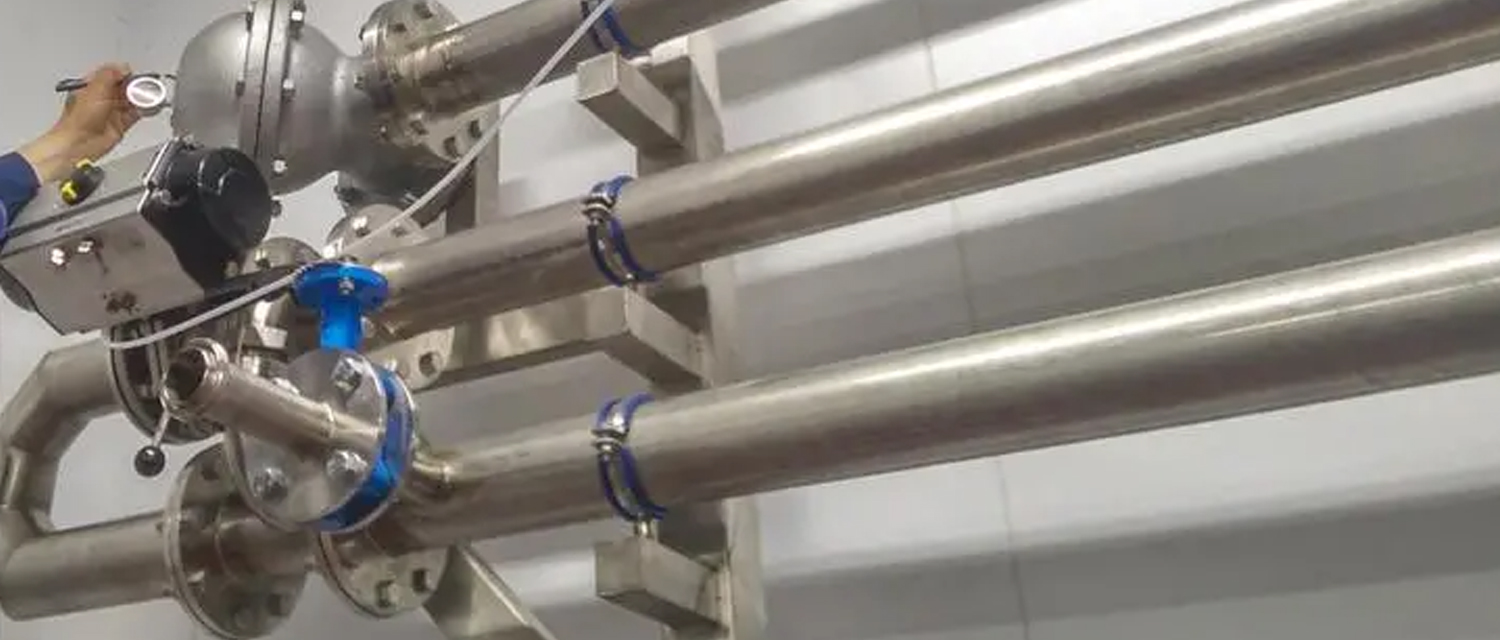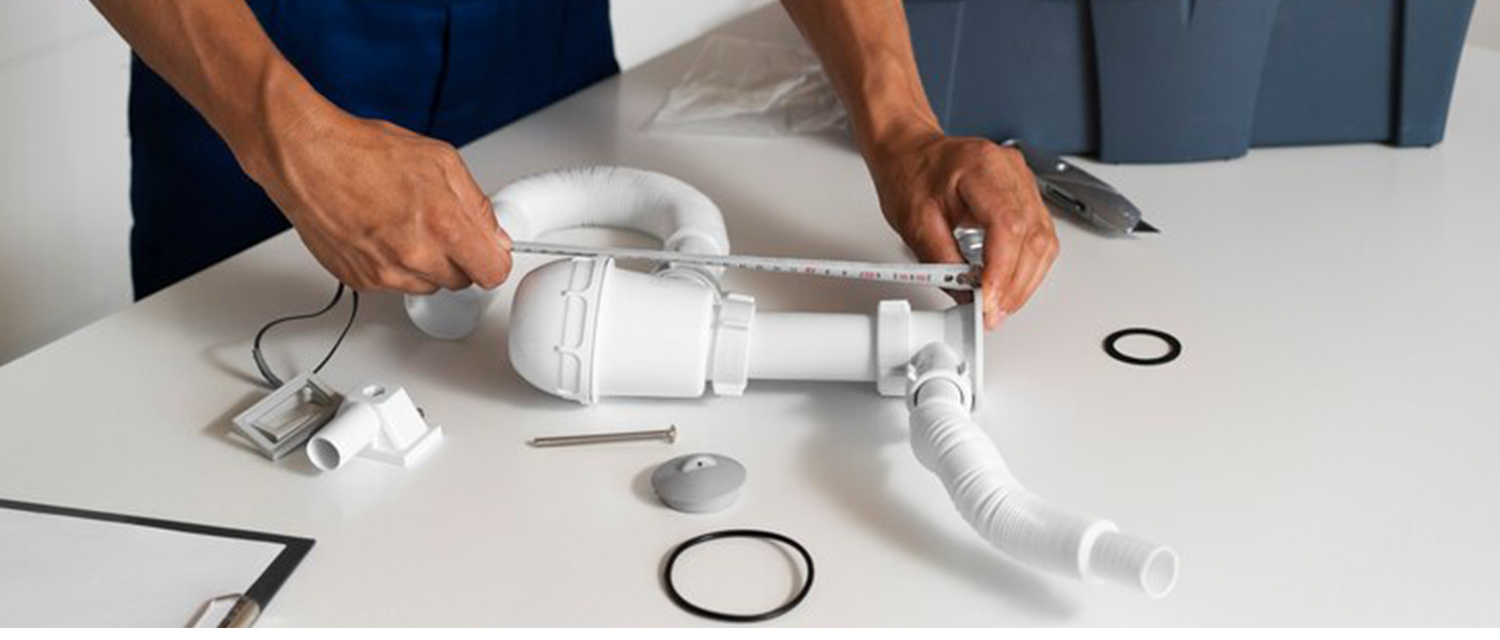Get free quotes within minutes
Low Water Pressure: Causes And Solutions

Table Of Content
- Introduction
- Regulations on Water Pressure
- Causes Of Low Water Pressure
- Fixing Low Water Pressure
- Who to Contact With Low Water Pressure Issues?
- Conclusion
An annoying problem, low water pressure can make showering, dishwashing, or using appliances difficult tasks. That is when your water doesn't flow as forcefully as it should in your pipes. Typical reasons include leaks, malfunctioning pressure regulators, clogged pipes, and problems with the water supply. Mineral buildup in older pipes and partially closed main shut-off valves may also affect water flow. Identifying the cause of low water pressure is the first step in correcting the problem. Immediately fixing low water pressure enhances performance and averts future problems with the water system. Let us check out the causes of low water pressure and solutions.
Regulations on Water Pressure
- Australian standards suggest water pressure in residential areas should generally be 500 kPa (kilopascal), with most utilities aiming to maintain it between 300–500 kPa.
- Excessive pressure above 500 kPa may damage plumbing systems and is often controlled using pressure-reducing valves.
Causes Of Low Water Pressure
Inspect showerheads and faucets for obstructions or leaks. It is frequently possible to fix localized pressure drops by cleaning or replacing aerators. If the entire house is affected, ensure the main shut-off valve is fully open. Here are the main causes of low water pressure:
- Clogged Pipes: Debris or mineral deposits may accumulate in pipes, lowering water flow.
- Bad fixtures: Water pressure can be reduced due to old or damaged shower heads, faucets, and valves.
- Problems with pressure regulator: Broken or a faulty adjustment in the pressure regulator could be the source of low pressure.
- Water Leaks: Hidden plumbing system leakage can significantly reduce water pressure.
- Corroded Pipes: Water flow may be limited by corroding pipes made of materials such as galvanized steel.
- Municipal Supply Issues: Low pressure may be caused by maintenance problems or excessive demand on the municipal water supply.
- Shared Water Lines: During high-demand hours, homes sharing one single water connection may have a several-unit building see the pressure drop.
- A Faulty Water Pump: When water supply from a house relies on the pumping mechanism, a faulty or too small of a pump leads to low pressure.
- Closed or partially closed valves: Water flow may be restricted by shut-off valves that are not completely open.
- Peak Use Times: Excessive water use at specific hours may cause a brief drop in pressure.
Finding the underlying problem is essential for a successful fix, whether it involves basic maintenance or expert plumbing services.
Fixing Low Water Pressure
Qualified pipe plumbers can identify complex reasons behind recurring troubles, such as corroded pipes or problems in the supply line. Moreover, installing a pressure booster pump may be advisable, especially in regions where the water pressure is naturally low. Here are the major steps to fix the low water pressure problem:
- Examine the primary valve: Verify that the main water valve is completely open. Pressure can be decreased using a partially closed valve.
- Check for Leaks: Since leaky pipes or fixtures can severely reduce the water pressure, check them.
- Clean showerheads and faucets: Mineral buildup can clog plumbing. Remove and clean or replace aerators and showerheads.
- Check the pressure regulator: If the pressure regulator is faulty, test or replace it. This device controls the water pressure in your home.
- Look for any obstructions: Debris or silt accumulation may be present in pipes. Restoring flow can be achieved through expert pipe cleaning.
- Examine the water supply line: Water flow may be restricted by kinked or cracked supply lines. Replace any lines that are damaged.
- Put a pressure booster in place: Installing a water pressure booster pump can help areas with low pressure.
- Speak with Your Water Supplier: Verify that the issue isn't being caused by problems with the external supply.
- Change Out Old Pipes: Water flow may be impeded by thin or corroded pipelines. Pressure is improved by replacing them.
These steps ensure the effective resolution of low water pressure issues.
Who to Contact With Low Water Pressure Issues?
If you are experiencing low water pressure, there are two key points of contact:
Local Water Utility Provider
- When to Contact: If the issue appears to affect multiple households in your area or is linked to council water supply problems.
- What They Do: Local water utilities manage and maintain the main water supply network. They can provide insights into whether the low pressure is due to system maintenance, pipe leaks in public infrastructure, or supply restrictions. Most providers also have emergency hotlines for reporting major disruptions.
- Examples: In Australia, common utility providers include Sydney Water, Melbourne Water, and Queensland Urban Utilities. Contacting their customer service team is the first step in addressing broader supply issues.
Licensed Plumbers
- When to Contact: If the low pressure is isolated to your property, the cause is likely within your plumbing system.
- What They Do: Plumbers can inspect and resolve issues such as leaks, blockages, corroded pipes, or malfunctioning fixtures. They can also test your water pressure and recommend solutions like installing a pressure booster pump or replacing outdated fittings.
Conclusion
For precise diagnostic and long-term fixes, get in touch with a licensed plumber. If you're wondering how to fix low water pressure in house plumbing, prompt maintenance and pipe inspections are essential. They can guarantee a steady and adequate flow of water for your house's needs, helping to prevent long-term damage.
YOU MIGHT ALSO BE INTERESTED IN

How To Turn Off Your Water Supply In The House - 5 Plumbing Tips
Plumber Related Categories
- Drain Repairer
- Leaking Shower Repair
- Mixer Tap Installation & Repair
- Toilet Repair Plumber
- Drain Installer
- Leak Detection Service
- Grey Water Plumber
- Blocked Drain Plumber
- Hot Water Plumber
- Home Renovation Plumber
- Hot Water Unit Repair Plumber
- New Home Plumber
- Roof Plumber
- Backflow Testing and Prevention












